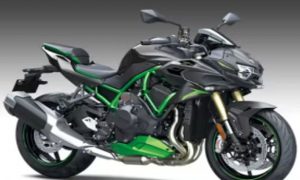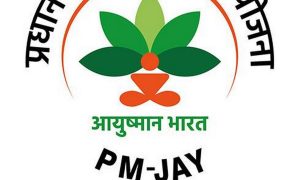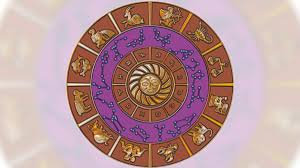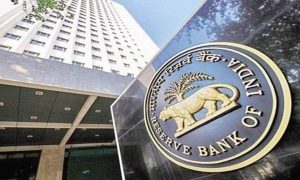Tata Harrier and Safari achieve 5-star safety ratings in Bharat NCAP crash tests, showcasing stellar performance in adult and child occupant protection.
The Indian government’s Bharat New Car Assessment Programme (BNCAP) has revealed the first-ever crash test results, awarding a stellar 5-star rating to both Tata Harrier and Safari.
Read More: Last to Day to Avail Ola’s Year-End Offers on E-Scooters, Check Discount Details
The organization conducted rigorous tests since December 15, unveiling the initial round of results that showcase the safety prowess of these vehicles.
Both the Harrier and Safari demonstrated exceptional performance, earning 30.08/32 points for adult occupant protection (AOP) and an impressive 44.54 out of 49 for child occupant protection (COP), solidifying their 5-star status. While these SUVs excelled in the side movable deformable barrier test, there were noted concerns about chest region protection in the frontal offset deformable barrier test.
Read More: Ather Energy Launches Year-End Offer, Check Best Deal
Taking to X (formerly Twitter), the Union Minister expressed congratulations to @TataMotors, stating, “Congratulations to @TataMotors for the historic achievement! Presenting the first-ever Bharat – NCAP 5-star rating certification to the new Safari and Harrier is a momentous stride in enhancing consumer safety. BNCAP stands as India’s independent advocate for vehicle safety, setting benchmarks to global standards. A commendable feat that resonates with the commitment to excellence and the well-being of the Indian consumer.”
Read More: Kia India To Launch EV9 Electric SUV In 2024, Check Features
Adding to their laurels, these two SUVs had previously secured a 5-star rating in Global NCAP’s crash tests, with closely aligned scores for AOP and COP.
There’s little to distinguish between the two ratings and their respective processes. One notable difference is that, under Global NCAP, the maximum achievable score for AOP is 34 points, while under Bharat NCAP, it stands at 32 points. Aside from this distinction, the crash test protocols and the assignment of ratings appear to be remarkably similar.





































